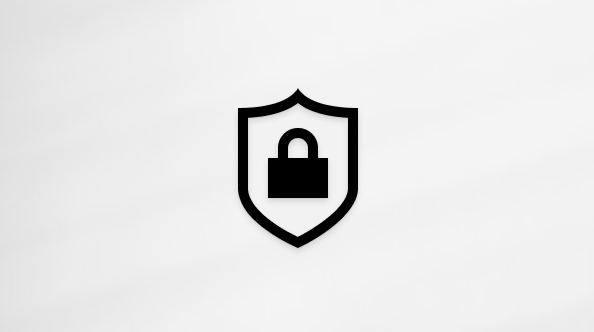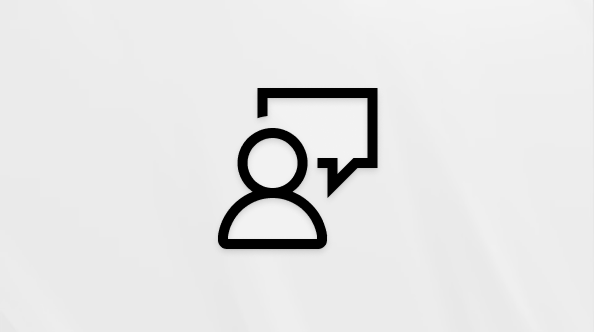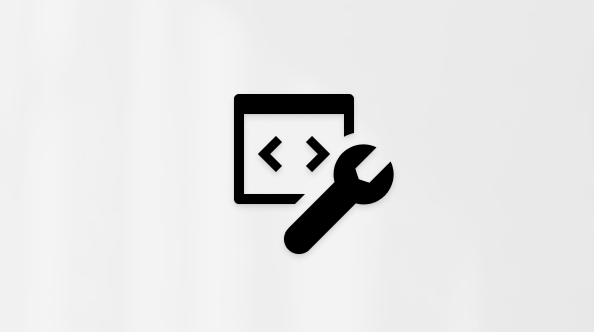July 7, 2021—KB5004948 (OS Build 14393.4470) Out-of-band - EXPIRED
Tanggal Rilis:
07/07/2021
Versi:
OS Build 14393.4470
|
EXPIRATION NOTICE As of 9/12/2023, KB5004948 is no longer available from Windows Update, the Microsoft Update Catalog, or other release channels. We recommend that you update your devices to the latest security quality update. |
11/19/20
For information about Windows update terminology, see the article about the types of Windows updates and the monthly quality update types. To view other notes and messages, see the Windows 10, version 1607 update history home page.
Highlights
This security update includes key changes as follows:
-
Updates a remote code execution exploit in the Windows Print Spooler service, known as “PrintNightmare”, as documented in CVE-2021-34527.
Improvements and fixes
This security update includes quality improvements. Key changes include:
-
Addresses a remote code execution exploit in the Windows Print Spooler service, known as “PrintNightmare”, as documented in CVE-2021-34527. After installing this and later Windows updates, users who are not administrators can only install signed print drivers to a print server. By default, administrators can install signed and unsigned printer drivers to a print server. The installed root certificates in the system’s Trusted Root Certification Authorities trusts signed drivers. Microsoft recommends that you immediately install this update on all supported Windows client and server operating system, starting with devices that currently host the print server role. You also have the option to configure the RestrictDriverInstallationToAdministrators registry setting to prevent non-administrators from installing signed printer drivers on a print server. For more information, see KB5005010.
If you installed earlier updates, only the new fixes contained in this package will be downloaded and installed on your device.
For more information about the resolved security vulnerabilities, please refer to the new Security Update Guide website.
Windows Update Improvements
Microsoft has released an update directly to the Windows Update client to improve reliability. Any device running Windows 10 configured to receive updates automatically from Windows Update, including Enterprise and Pro editions, will be offered the latest Windows 10 feature update based on device compatibility and Windows Update for Business deferral policy. This doesn't apply to long-term servicing editions.
Known issues in this update
|
Symptom |
Workaround |
|---|---|
|
After installing updates released April 22, 2021 or later, an issue occurs that affects versions of Windows Server that are in use as a Key Management Services (KMS) host. Client devices running Windows 10 Enterprise LTSC 2019 and Windows 10 Enterprise LTSC 2016 might fail to activate. This issue only occurs when using a new Customer Support Volume License Key (CSVLK). Note This does not affect activation of any other version or edition of Windows. Client devices that are attempting to activate and are affected by this issue might receive the error, "Error: 0xC004F074. The Software Licensing Service reported that the computer could not be activated. No Key Management Service (KMS) could be contacted. Please see the Application Event Log for additional information." Event Log entries related to activation are another way to tell that you might be affected by this issue. Open Event Viewer on the client device that failed activation and go to Windows Logs > Application. If you see only event ID 12288 without a corresponding event ID 12289, this means one of the following:
For more information on these event IDs, see Useful KMS client events - Event ID 12288 and Event ID 12289. |
This issue is resolved in KB5010359. |
How to get this update
KB5004948 is no longer available.










